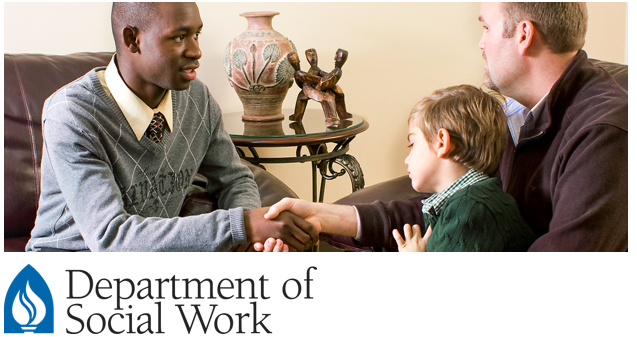Faculty Publications
Document Type
Article
Publication Date
January 2013
Abstract
Abstract Background: This study builds on a previous study that examined pediatric patients with sickle cell disease and use of complementary and alternative therapies. The results of the study revealed that the use of CAM therapies is common for children with SCD. Prayer, relaxation techniques, and spiritual healing were the most commonly reported CAM therapies. However, there is a paucity of research studies on CAM use among adult sickle cell patients and the associated factors that predict its use. This research sought to explain the frequency of CAM use and to examine the factors influencing the use of CAM as reported by patients attending an adult sickle cell clinic in Jackson, Mississippi. Methods: Data for this study were derived from a survey administered during the months of July and September 2010 at an adult sickle cell clinic. All adults who were obtaining treatment for SCD at the clinic were invited to voluntarily complete a three page written questionnaire about CAM use and its benefits, while they awaited treatment. Selection criteria for this study included participants who had been diagnosed with SCD, were 227 African American, were between ages 18 and 65 years, and had been experiencing pain within the last six months. Hinds County was chosen for this study because it has a high prevalence rate of SCD. Descriptive statistics was used to determine the frequency of CAM use. The various factors influencing the use of CAM were analyzed with binary logistic regression. Results: The majority (65.1%) experienced pain which lasted 25+ months. Pain medications were taken on a daily basis during the past six months by 90%. Of the 227 respondents who completed the questionnaire regarding CAM use, 208 (91.6%) indicated that they have used CAM within the last six months to control pain. The frequency of CAMs used was higher amongst females (61%), singles (85%), older (69%), those with less education (77%), lower household income (67%), with Medicaid (51%) and those with HgbSS sickle cell type 32%). A higher proportion of females than males used CAM. Conclusions :CAM practitioners seem to give a more personal touch which makes people feel better with their treatment and medical condition. There is a sense of empowerment and the patient assumes a more active role in their health care which makes them feel in control of their health. Rates of complementary alternative methods are relatively high among adult sickle cell patients,
Journal Title
Journal of Behavioral Health
First Page
151
Last Page
158
Recommended Citation
Thompson, Wendy E. Dr and Addison, Clifton C., "Factors Influencing the Use of Complementary Alternative Methods (CAM) in Patients Attending an Adult Sickle Cell Clinic in Jackson, Mississippi." (2013). Faculty Publications. 7.
https://digitalcommons.andrews.edu/socialwork-pubs/7








Comments
Retrieved July 1, 2015, from http://www.scopemed.org/fulltextpdf.php?mno=25788. The articles in Scopemed are open access articles licensed under the terms of the Creative Commons Attribution Non-Commercial License (http://creativecommons.org/licenses/by-nc/3.0/) which permits unrestricted, non-commercial use, distribution and reproduction in any medium, provided the work is properly cited.